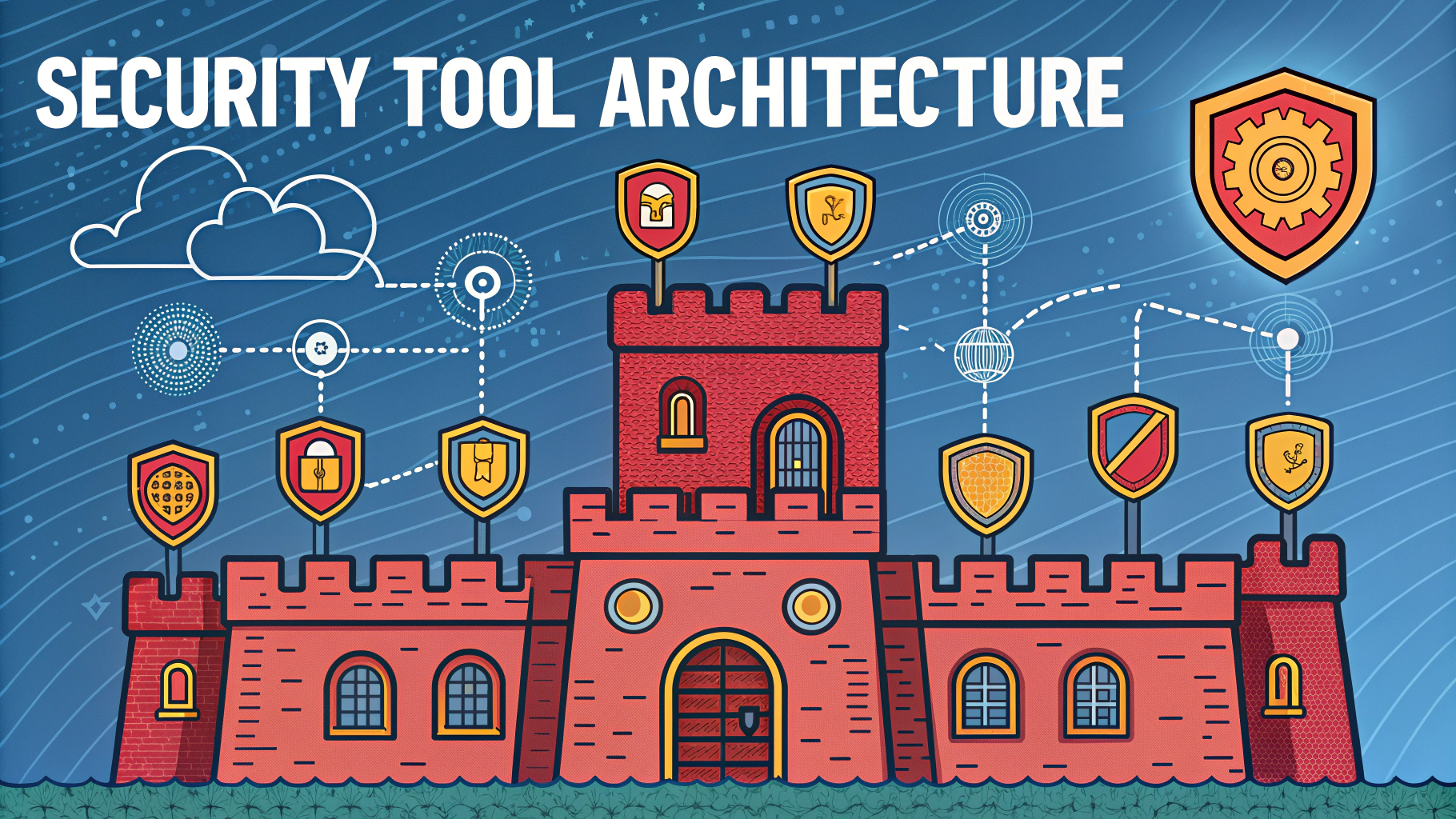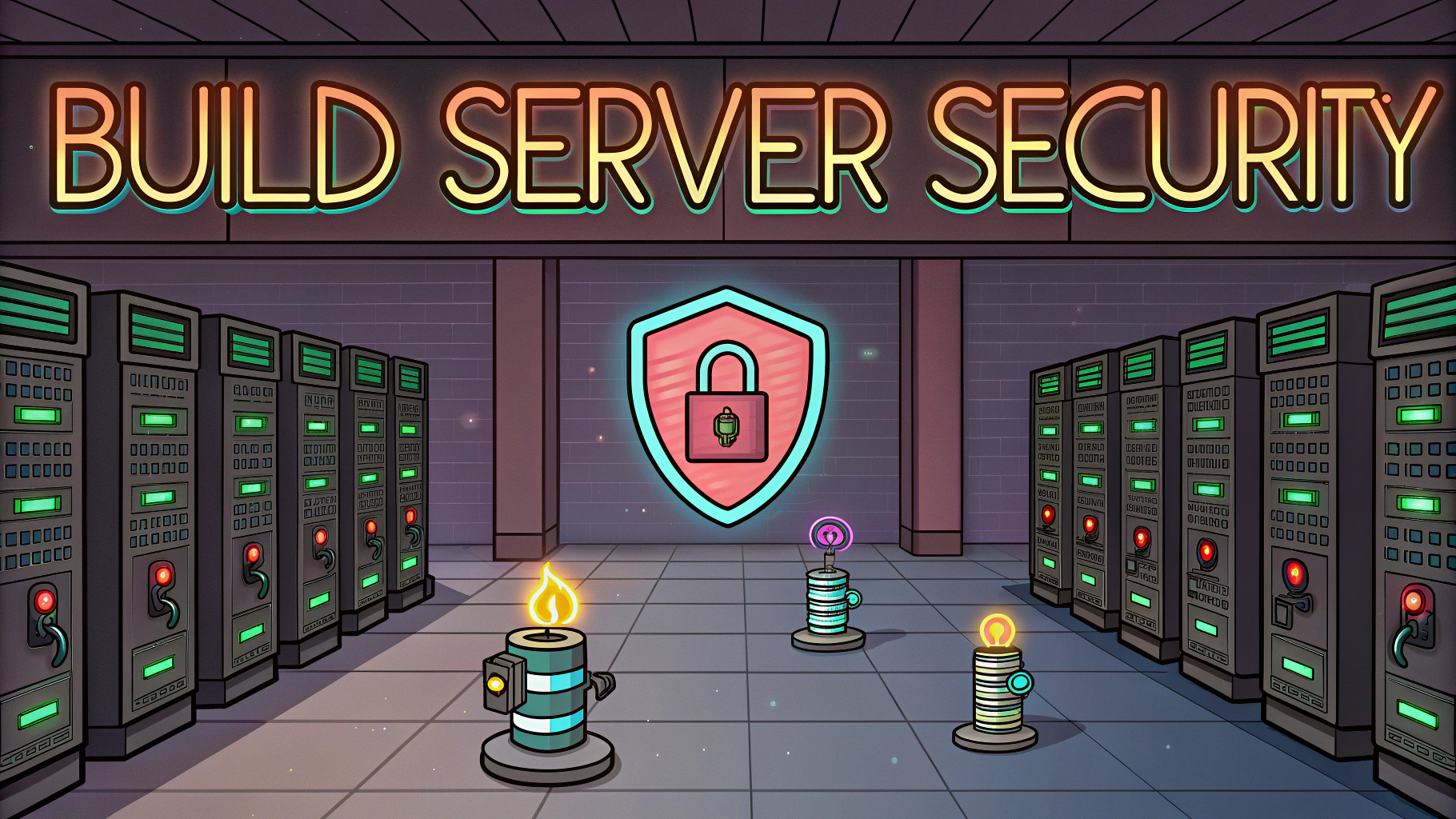Code review during penetration testing helps identify security flaws, vulnerabilities, and potential exploit paths in application source code.
Security teams use specialized tools and manual inspection techniques to analyze code for common weaknesses like SQL injection, cross-site scripting, and authentication bypass vulnerabilities.
This guide covers effective code review methods specifically focused on finding security issues during penetration testing engagements.
Key Code Review Focus Areas
- Input validation and sanitization
- Authentication mechanisms
- Session management
- Access control implementation
- Encryption usage
- Error handling
- Third-party components
Automated Code Analysis Tools
- SonarQube – Open source platform for continuous code quality inspection
- Checkmarx – Static application security testing (SAST) tool
- Fortify – HP’s static code analyzer
- Bandit – Python-specific security linter
- Find Security Bugs – SpotBugs plugin for Java security audits
Manual Review Techniques
Start with high-risk components like authentication, payment processing, and sensitive data handling modules.
Use checklists based on OWASP Top 10 and SANS Top 25 to guide manual review process.
Document all findings with clear descriptions, risk ratings, and remediation recommendations.
Common Security Issues to Check
| Category | Issues to Look For |
|---|---|
| Input Handling | SQL injection, XSS, command injection, path traversal |
| Authentication | Weak password policies, missing MFA, credential storage |
| Authorization | Missing access controls, insecure direct object references |
| Cryptography | Weak algorithms, hardcoded keys, insufficient key lengths |
Code Review Workflow
- Gather documentation and architecture diagrams
- Run automated scanning tools
- Review scan results and prioritize findings
- Perform manual code review of high-risk areas
- Document vulnerabilities and create proof-of-concept exploits
- Generate detailed report with remediation guidance
Best Practices
- Use version control systems to track code changes
- Implement peer review processes
- Maintain updated security requirements documentation
- Follow secure coding guidelines (OWASP, CERT)
- Regular security training for development teams
Resources and Tools
OWASP Code Review Guide: https://owasp.org/www-project-code-review-guide/
SANS Secure Coding Guidelines: https://www.sans.org/security-resources/score/
Security Code Review Tools List: https://www.nist.gov/cyberframework
Taking Action
Start implementing these code review techniques in your security testing process to identify and fix vulnerabilities before they reach production.
Join security communities like OWASP and attend workshops to stay updated on latest code review methodologies.
Consider getting certified in application security testing through organizations like GIAC or ISC2.
Reporting and Documentation
Maintain detailed records of all code review findings, including:
- Vulnerability descriptions and severity ratings
- Affected code locations and components
- Proof-of-concept examples
- Recommended fixes with code samples
- References to related security standards
Integration with Development Lifecycle
Embed security code review practices into the development process through:
- Pre-commit hooks for automated scanning
- Mandatory peer reviews for security-critical code
- Integration with CI/CD pipelines
- Regular security checkpoints during sprints
Advanced Review Techniques
Threat Modeling Integration
Align code review focus areas with identified threats and attack scenarios from threat modeling sessions.
Data Flow Analysis
Track sensitive data movement through application components to identify potential exposure points and security control gaps.
Measuring Success
- Track vulnerability detection rates
- Monitor fix implementation times
- Calculate security debt reduction
- Assess developer security awareness improvement
Strengthening Your Security Posture
Effective code review is crucial for maintaining robust application security. Combine automated tools with manual expertise, stay current with emerging threats, and continuously refine your review process based on findings and lessons learned.
Remember that code review is not a one-time activity but an ongoing process that requires regular updates and improvements to match evolving security challenges.
FAQs
- What are the primary objectives of code review during penetration testing?
To identify security vulnerabilities, ensure secure coding practices, detect business logic flaws, find authentication issues, and validate input validation mechanisms. - Which tools are commonly used for automated code review in penetration testing?
SonarQube, Fortify, Checkmarx, PMD, and RIPS are widely used for automated security code review. These tools help identify common vulnerabilities and coding issues. - How does Static Application Security Testing (SAST) differ from Dynamic Application Security Testing (DAST)?
SAST analyzes source code without executing it, while DAST tests running applications by simulating attacks. SAST finds vulnerabilities early in development, while DAST identifies runtime and environment-specific issues. - What are the key security vulnerabilities to look for during code review?
SQL injection, Cross-Site Scripting (XSS), authentication bypasses, insecure direct object references, buffer overflows, and cryptographic implementation flaws. - How should sensitive data handling be reviewed during code analysis?
Check for proper encryption implementation, secure storage of credentials, appropriate key management, and verification of data masking techniques in logs and displays. - What is the significance of reviewing input validation mechanisms?
Input validation review ensures all user inputs are properly sanitized, preventing injection attacks, buffer overflows, and other input-based vulnerabilities. - How can you identify authorization-related vulnerabilities during code review?
Examine role-based access controls, verify proper authorization checks, review privilege escalation possibilities, and check for hardcoded credentials. - What are the best practices for conducting secure code review sessions?
Use a checklist-based approach, implement peer review processes, maintain documentation of findings, use automated tools in conjunction with manual review, and follow a systematic vulnerability classification system. - How should API security be evaluated during code review?
Check for proper authentication mechanisms, rate limiting implementation, input validation, error handling, and secure communication protocols. - What documentation should be maintained during the code review process?
Vulnerability reports, remediation recommendations, risk assessments, code review metrics, and historical findings for trend analysis.







